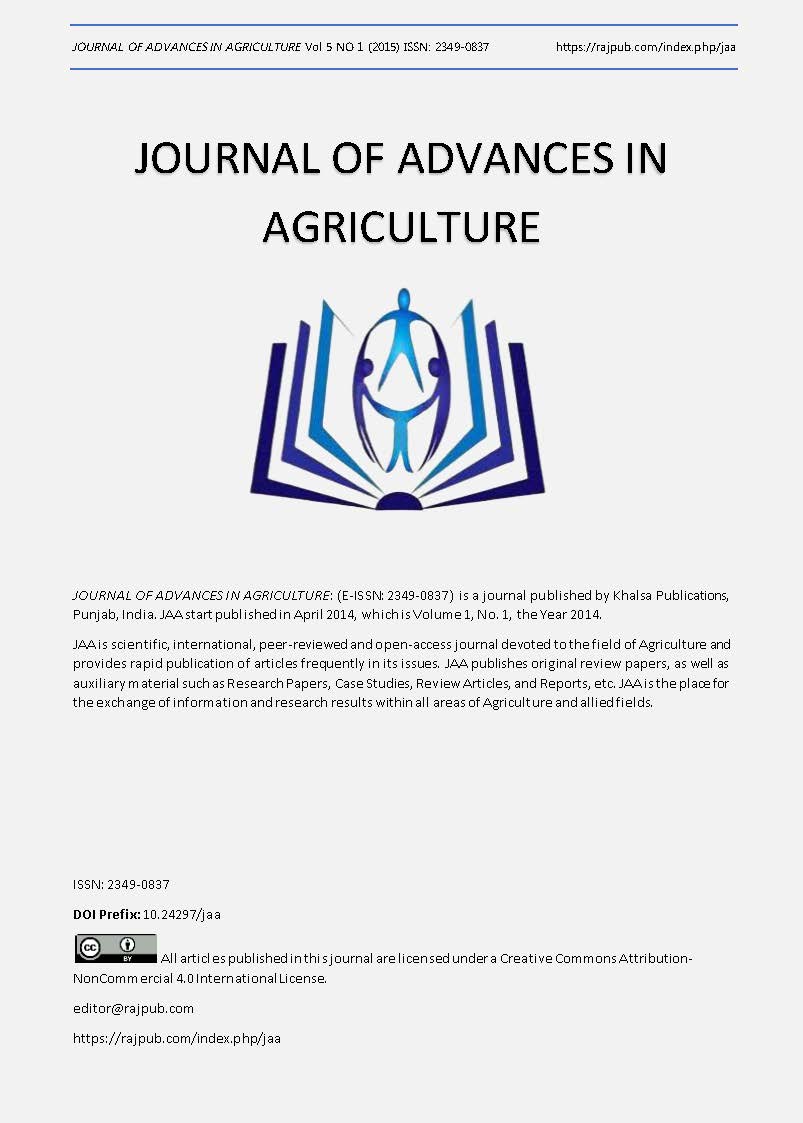REPRODUCTIVE PERFORMANCE OF MORADA NOVA EWE SUBJECTED TO ESTRUS INDUCTION BY MALE EFFECT
DOI:
https://doi.org/10.24297/jaa.v5i1.4514Keywords:
breeding season. ovulation. biostimulationAbstract
This study aimed to evaluate the reproductive performance of crossbred sheep (New Address) nulliparous, primiparous and pluriparous, subjected or not to the male effect. There were used 79 ewes and two rams (one vasectomised ram – teaser ram) and a breeder). In the first year, the females were subjected to the male effect (ME: male effect), in the following year, there has been no application of this method (AME: absence of male effect). Ewes subjected to ME showed a higher synchronization (P <0.05) compared to AME females. Nulliparous and primiparous ewes subjected to ME exhibited a higher synchronization, in relation to ewes in the absence of male effect. When specified by birth order, there were superior results (P <0.05) within the same method (AME) for prolificacy index and twinning rate for pluriparous females relative to nulliparous and primiparous. There were also significant differences (P <0.05) for the use of the male effect, but with superiority of pluriparous and primiparous females when compared to nulliparous. Between the methods, ME primiparous females (72.22%) were superior (P <0.05) to AME ewes (33.33%) for twinning rate. Thus, it can be concluded that the male effect is feasible for estrus synchronization in ewes up to the first lambing birth, besides possibly causing better ovulation rate, due to better results of twinning rate and prolificacy index.Downloads
Download data is not yet available.
Downloads
Published
2015-10-19
How to Cite
Viana Neto, M. A. M. (2015). REPRODUCTIVE PERFORMANCE OF MORADA NOVA EWE SUBJECTED TO ESTRUS INDUCTION BY MALE EFFECT. JOURNAL OF ADVANCES IN AGRICULTURE, 5(1), 557–564. https://doi.org/10.24297/jaa.v5i1.4514
Issue
Section
Articles
License
 All articles published in Journal of Advances in Linguistics are licensed under a Creative Commons Attribution 4.0 International License.
All articles published in Journal of Advances in Linguistics are licensed under a Creative Commons Attribution 4.0 International License.




